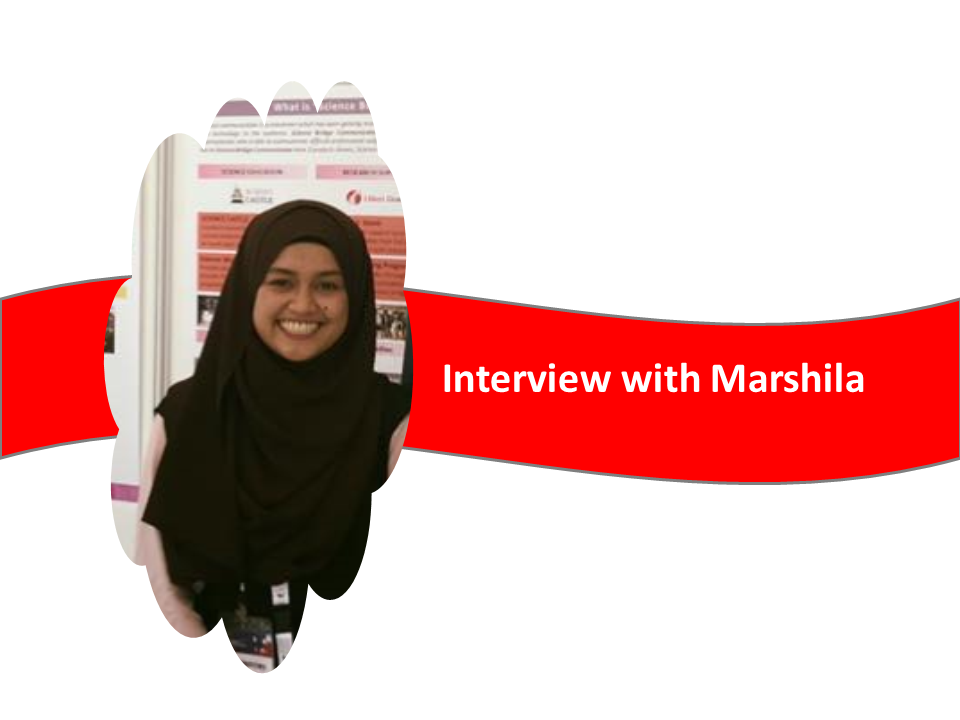Nurturing Scientific Curiosity and Dreams!

One of the things I liked most about my first few weeks at Leave a Nest, was realising how one of the goals of the organization was not to make science and technology ‘simple’ (i.e. with technical facts missing), but instead to portray it as something fun and engaging.
I discovered a previous online manga publication “Story of Basic Immunology” that was created under the editorial supervision of Leave a Nest (please find a copy of it here). I myself enjoyed reading it because of the way scientific concepts were weaved into a story, and there were graphics that made learning about immunology fun. I can imagine many other younger students enjoying this as well, and believe that when someone stumbles upon the origin of the small pox vaccine through a manga like this, they may then develop the desire to learn even more about other viruses and vaccines through other mediums, and even engage in scientific research attachments/internships.
Essentially, the aim is to pique the interest of young students, and then to allow them to develop their own enthusiasm to keep learning and searching for answers for questions they may have about the world. In the coming week on 18th October 2017, we would be holding the trial workshop for a series of robotics workshops we would be carrying out in the year 2018. The objective is to allow 9-12 year olds to learn how they can use items that can be easily obtained from small hardware shops near our houses, to build innovative items. I also had the privilege of interviewing Marshila-san, the Assistant Manager of the Education Development Division at Leave a Nest, Malaysia. She shared with me that science education in Malaysian schools is mainly rote learning, and as such she hopes to get students interested in science by conducting experiments and events outside the classroom through Leave a Nest, Malaysia. She herself enjoys working with secondary school students, and feels that secondary school life is a pivotal point, when one has to decide which course to pursue in university and consequently their career path. She hopes to rekindle that passion and curiosity in students for science, so they may go on to select science and technology subjects at university.
I also had the privilege of interviewing Marshila-san, the Assistant Manager of the Education Development Division at Leave a Nest, Malaysia. She shared with me that science education in Malaysian schools is mainly rote learning, and as such she hopes to get students interested in science by conducting experiments and events outside the classroom through Leave a Nest, Malaysia. She herself enjoys working with secondary school students, and feels that secondary school life is a pivotal point, when one has to decide which course to pursue in university and consequently their career path. She hopes to rekindle that passion and curiosity in students for science, so they may go on to select science and technology subjects at university.
Marshila-san has always been someone who is curious about the world around her, and as a student, she had participated in Tech Planter 2016 organised by Leave a Nest. Her team presented their project on characterization of microalgae for antioxidants, and got the opportunity to visit labs in Japan as well as receive a grant for their project from a pharmaceutical company. Through this process, Marshila-san got to know more about the vision and mission of Leave a Nest, and decided to join as a full time staff of Leave a Nest, Malaysia;- this way she too could conduct activities to support those in the science and technology field, and encourage them to pursue their interests in this domain.
I thus hope that with time, Leave a Nest Singapore as an organization is able to bring on board more internship students/members who would like to help shape the science and research ecosystem here in Singapore. Using some of the ideas developed by Leave a Nest Japan, we can work together to adapt it to our local context, and inspire more young students to enjoy science. As for those who have already made the bold move to create start-ups or have an innovative idea that they wish to share with the rest of society, we hope that Leave a Nest could provide them with the platform to make their dreams come true!
